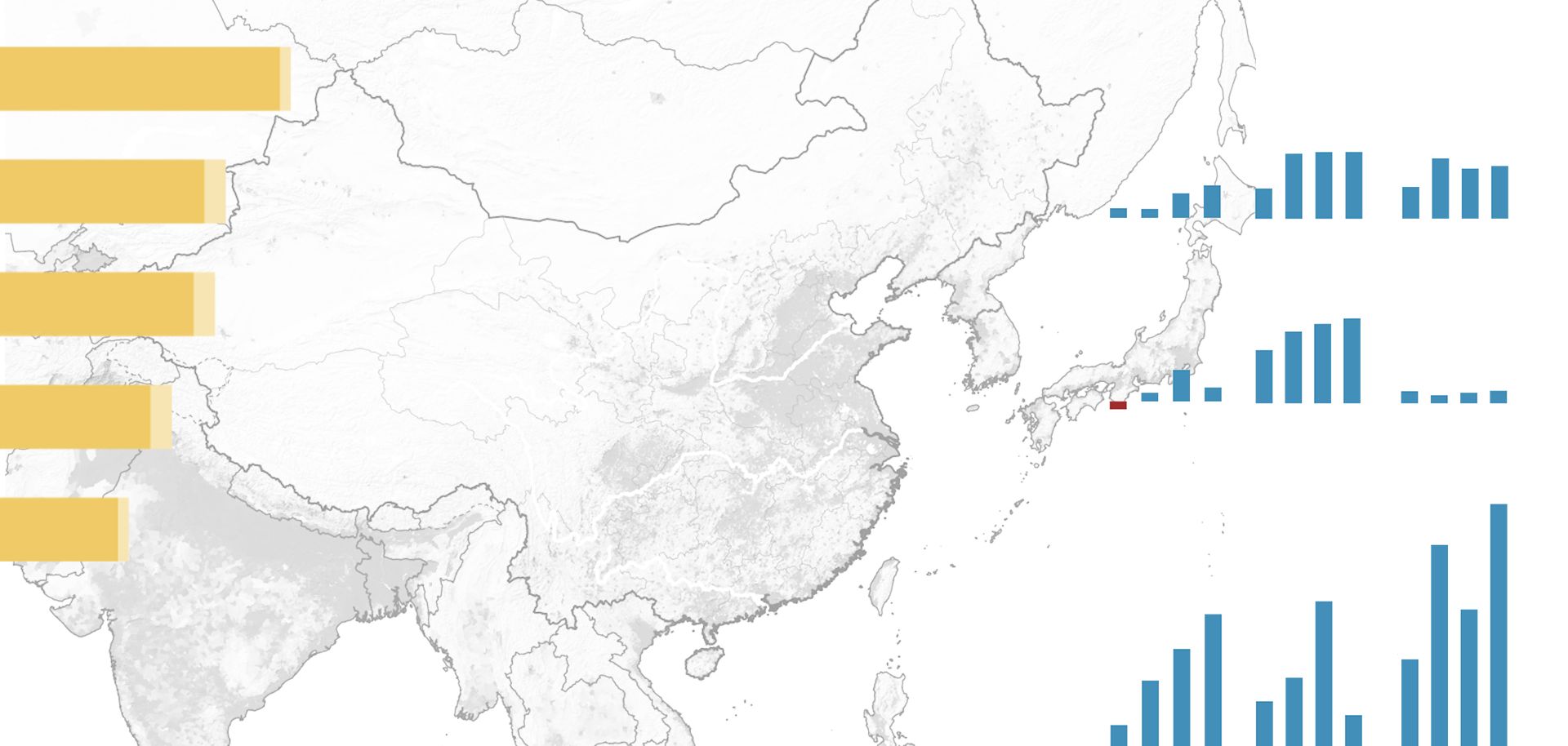
On may 14, following a decision by Colombian President Juan Manuel Santos, Colombia's National Narcotics Commission will recommend an end to the aerial spraying of glyphosate, marking the end of an era in the country's counternarcotics strategy.
Glyphosate is an herbicide found in products widely used in the agricultural sector to kill weeds. Colombia has used these products against coca, spraying fields from aircraft to combat drug production and the insurgent groups that rely on them for revenue. The advantages of the aerial technique, compared with sending personnel into fields to manually eradicate coca, contributed to its dramatic rise in use from the 1980s through the early 2000s. Today, however, coca production and militant activity are in decline, giving Colombia an opportunity to change its strategy.
The decision to end spraying reflects the government's evolving priorities. Declining production compared to previous decades means Colombian leaders have room to maneuver on its eradication policies. Spraying has long been a contentious issue in remote areas because the chemicals occasionally eliminate legitimate crops. An end to coca spraying would allow Santos or a successor to begin incorporating these restive and marginalized regions into national development plans.
Several coca-growing regions, however, are under the direct control of the Revolutionary Armed Forces of Colombia (FARC), the National Liberation Army, or other criminal groups, who often use improvised explosive devices to prevent the destruction of coca fields or cocaine processing infrastructure. Colombia is currently in the process of negotiating with FARC; if these talks yield a successful peace agreement, the government would be able to devote additional forces to counternarcotics and make more progress in eradicating coca.



